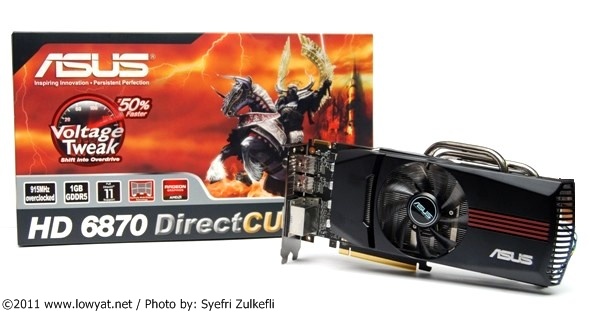
The physical design alone is already a big indication that the ASUS HD 6870 DirectCU have something extra underneath it. ASUS switched AMD’s stock cooler with their own solution which features three 8mm flattened copper heat pipes directly above the GPU and claimed that they are able to lower down the GPU’s temperature up to 20-percent than usual. It is for good reason: the ASUS HD 6870 DirectCU comes with a slightly faster 915MHz core and it can be tweaked further through ASUS Voltage Tweak technology that is contained within ASUS SmartDoctor software.
Apart from that, ASUS have also equipped the graphic card with parts that are made from their own mix of metal called Super Allow Power which the company claimed gives those parts better performances, reliability and longevity. It is a little bit unfortunate that we have no means to test these claims but we can certainly show you how the card performs on our test bed. Jump in to find out more.
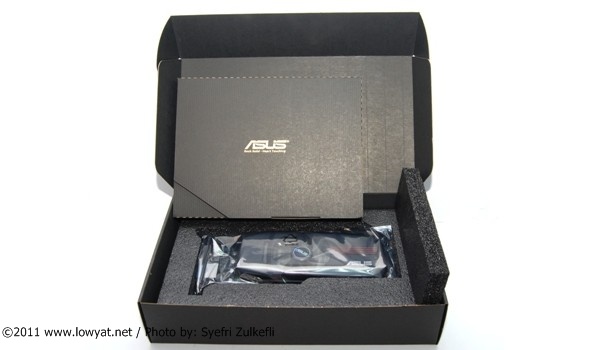
The packaging looks pretty good and tidy.
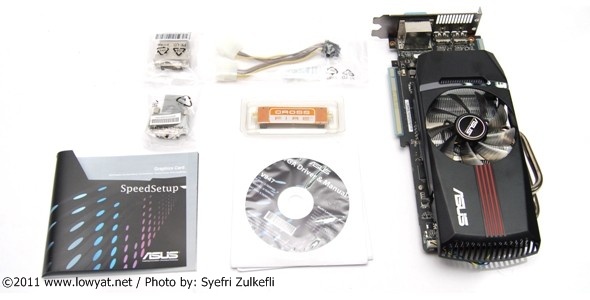
The contents: DVI-HDMI adapter, DVI-VGA adapter, PCI Express power connector, CrossFireX connector, manuals/documentations, drivers installer and of course, the card itself.
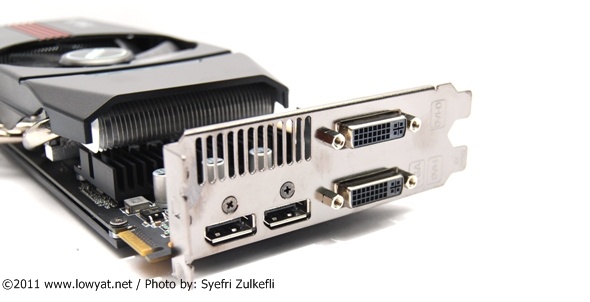
Ports available on this card: 1 x digital-only DVI, 1 x intergrated DVI and 2 x Display Port. Too bad there is no native HDMI port; so, it is a good thing that an adapter is included with the card.
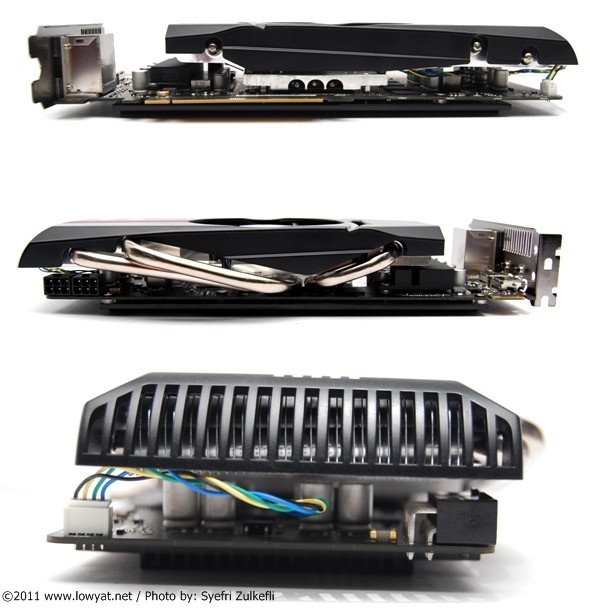
Profile shots of the card.
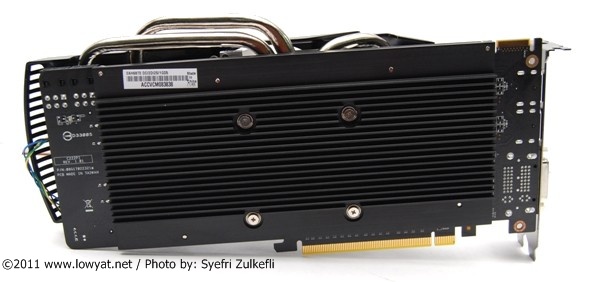
The card's huge back plate; complete with fins to help dissipate heat generated by the graphic card.

This card requires power from two 6-pin PCI Express power connectors. Also visible is the card's copper heat pipes.
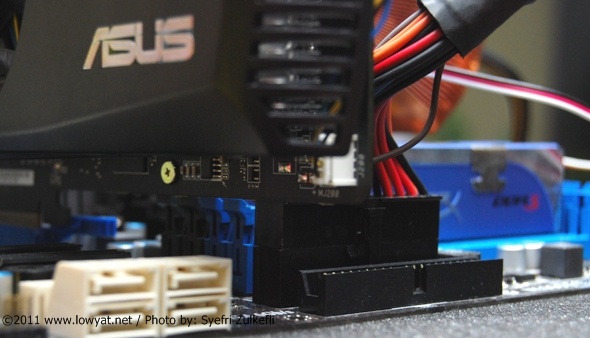
A word of advice for potential owners: make sure you have enough room to fit this card. As shown above, we can't fit it into our main PCI Express port; so, we have to use the second port instead.
MANUFACTURER'S SPECIFICATIONS

The only difference between this card and a stock card is its 915MHz core which is 15MHz faster than AMD's standard Radeon HD 6870 specifications of 900MHz. Quite a small power increase to be honest.
TEST MACHINE SPECIFICATIONS
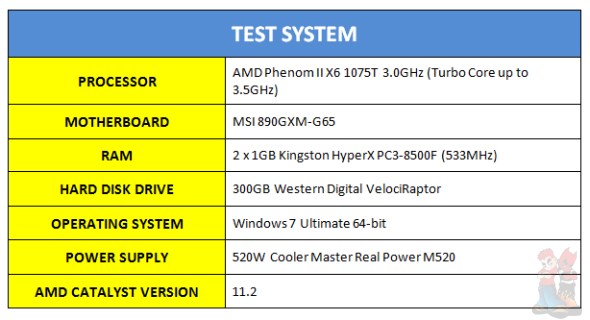
TEST RESULTS
3DMark 11
Making its first debut in our series of graphic cards review, the 3DMark 11 is the latest version of Futuremark’s popular graphic card benchmarking software. Apart from that, it also takes advantage of DirectX 11 features such as tessellation, compute shaders and multi-threading which made it a perfect synthetic benchmark suite for DirectX 11 cards such as the ASUS HD 6870 DirectCU.
To give you a glimpse of how 3DMark 11 works, here are the tests that the benchmark software uses to determine 3DMark score according to the explanations provided by Futuremark:
Graphic Test 1 (GT1): No tessellation, heavy lighting with several shadow casting lights.
Graphic Test 2 (GT2): Medium tessellation, medium lighting with few shadow casting lights.
Graphic Test 3 (GT3): Medium tessellation, one shadow casting light.
Graphic Test 4 (GT4): Heavy tessellation, many shadow casting lights.
Physics Test (PT): Rigid body physics simulation with a large number of objects. This test runs at a fixed resolution regardless of chosen settings which explains why the result are relatively the same on any settings.
Combined Test (CT): Rigid body simulation on a moderate number of objects, soft body physics using Direct Compute and the Bullet physics library running on the GPU, medium tessellation, medium lighting.
Units are in frame per second.
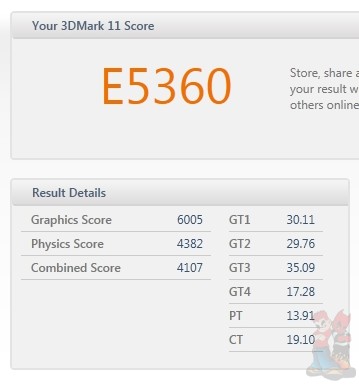
Entry settings at 1024x600.

Performance settings at 1280x720.
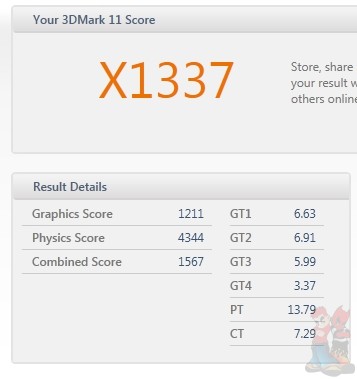
Extreme settings at 1920x1080.
From the results, you can tell that 3DMark 11 really gives the card a beating especially in Graphic Test 4. The card struggles even further through Extreme settings.
Unigine Heaven Benchmark 2.1
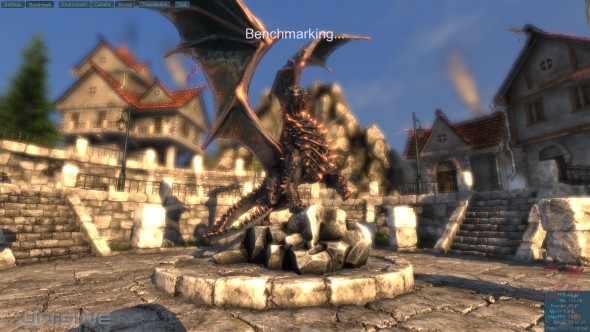
Maximum settings @ 1920x1080.
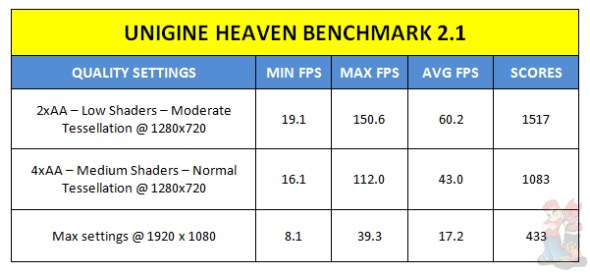
Metro 2033
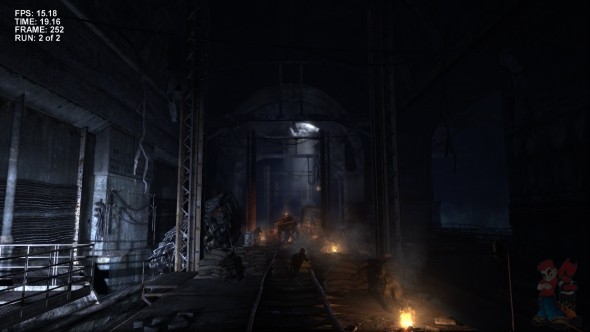
Maximum settings @ 1920x1080.
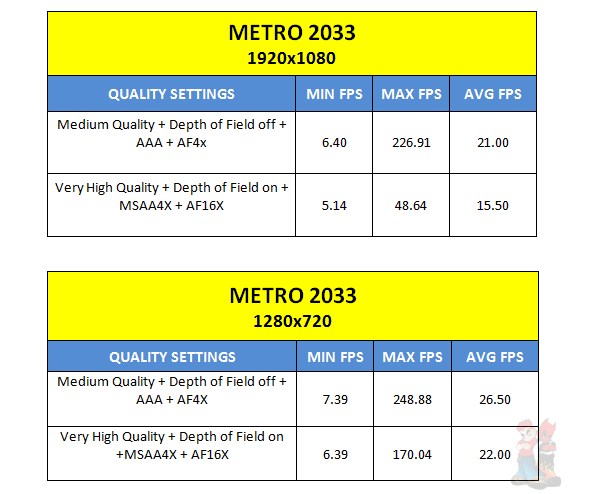
DiRT 2
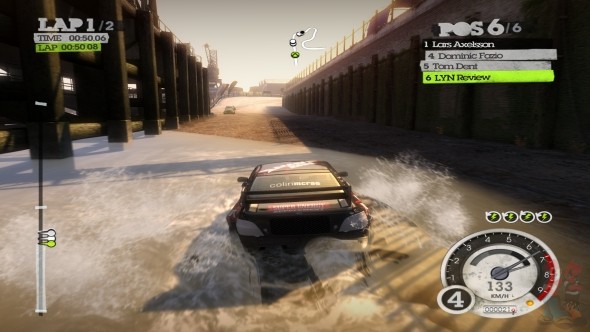
Maximum settings @ 1920x1080
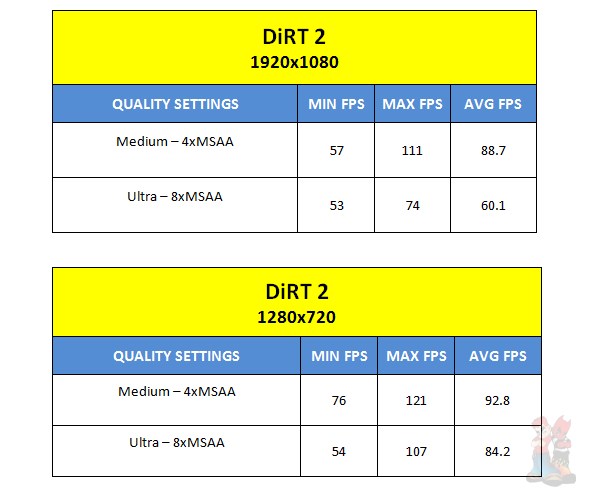
Company of Heroes

Maximum settings @ 1920x1080.
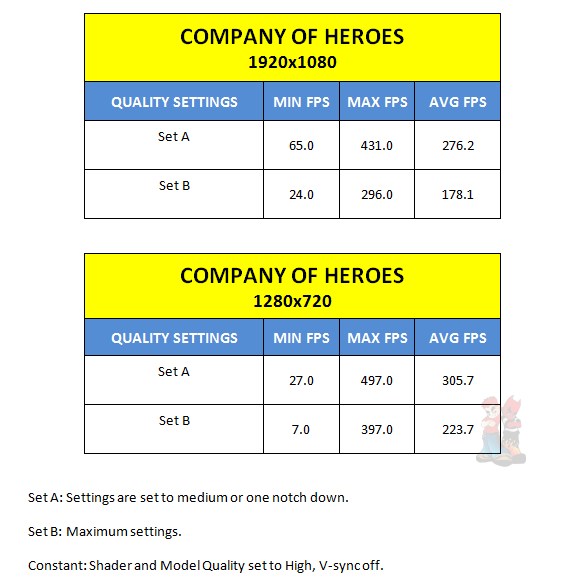
Yet another of our standard test games, we set down the shader to high at all time so that the game will run in DirectX 9 (as suggested by tomatomanzseedlezz in the comment box of this review). Of course, the game possess not challenge for the ASUS HD 6870 DirectCU; it’s just interesting to see how much frame rate that the card can produce in this game.
CONCLUSIONS
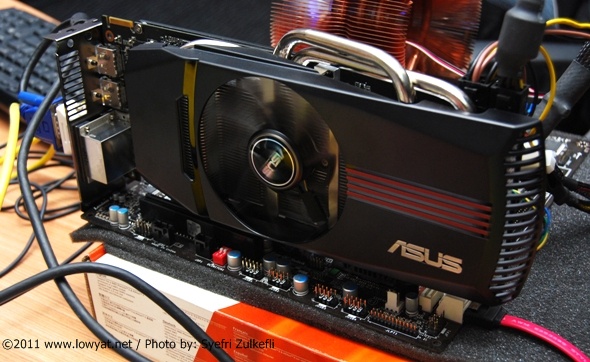
While the tessellation-heavy 3DMark 11 and Metro 2033 benchmark scores were not really assuring, the ASUS HD 6870 DirectCU performed very well in our Unigine Heaven Benchmark’s low and medium settings together with DiRT 2 and Company of Heroes tests. As a mid-range graphic card, these results are favourable in our book.
However, with a price tag of slightly above RM 800, it seemed a little bit too much to pay extra for just 15MHz of extra clock speed that doesn’t seem to give much advantage to the card. Hence, its overall performance, cooling solution, premium components and overclocking capabilities are the actual attractions of ASUS HD 6870 DirectCU graphic card. No doubt about it.
Pro: Performs as expected, quiet cooling system, premium parts, overclock-friendly.
Cons: No native HDMI port, factory overclock doesn’t offer significant increase in speed, might not be able to fit certain computer casings or motherboard.

The Mi Notebook 14 Horizon Edition is a well-designed notebook with enough performance for basic work and content consumption needs. The notebook may also be a wonderful travel companion due to its excellent battery life and small form factor. However, if you want to do anything slightly performance-intensive, the laptop is not for you. Along with it, there are a few more considerations to consider before proceeding with the purchase.
ReplyDeleteavast cleanup premium crack
driver easy pro crack
norton antivirus crack
rekordbox dj full crack
keyscape crack
good sync enterprise crack
program4pc dj music mixer crack
avira system speedup pro crack
originpro crack
avs video editor crack
Thank you very much for the post.
ReplyDeleteAirParrot Crack
Gihosoft iPhone Data Recovery Crack